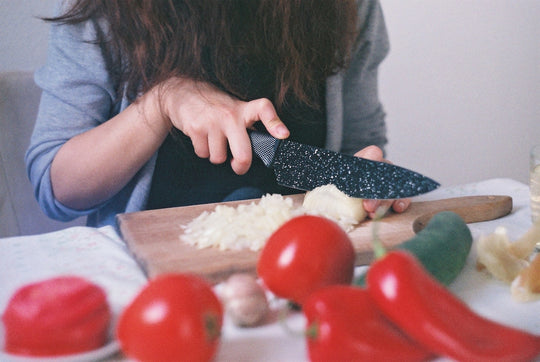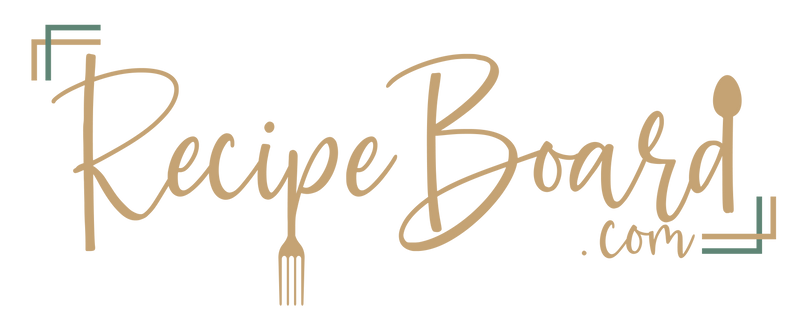Mastering the Cutting Board: Tips for Safe & Efficient Work
Posted on May 22 2023,

A cutting board is an essential tool in any kitchen. It’s where you chop, slice, and dice your ingredients, making it one of the most-used items in your kitchen. However, not all cutting boards are created equal, and there are some things you need to consider to ensure you’re using your cutting board safely and efficiently.
Here are some tips to help you master the cutting board.
1. Find the Right Size
The first thing you must consider when choosing a cutting board is its size. You want a board large enough to accommodate the ingredients you’ll be cutting but not so large that it’s challenging to handle.
A good rule of thumb is to choose a board that’s at least 12 inches wide and 18 inches long. This will give you plenty of room to work with, and it’s easy to store.
2. Sanitize
Before you start using your cutting board, you need to sanitize it. This is especially important when using a wooden board because wood can harbor bacteria.
To sanitize your board, wash it with hot, soapy water and rinse it thoroughly. You can also use a solution of one part vinegar to four parts water to sanitize your board. Once you’ve cleaned your board, let it air dry before using it.
3. Season before Use
If you’re using a wooden cutting board, it’s important to season it before you start using it. Seasoning your board will help it last longer and prevent it from cracking.
To season your board, rub it with mineral oil or another food-grade oil, such as coconut oil or walnut oil. Let the oil soak in for a few hours, and then wipe off any excess oil with a clean cloth.
4. Identify the Right Material
There are several materials for cutting boards, including wood, plastic, and bamboo. Each material has its own advantages and disadvantages, so it’s essential to choose the one that works best for you.
Wooden cutting boards are durable and can last for years if properly cared for. They’re also gentler on knives than plastic cutting boards. However, wooden cutting boards can be harder to sanitize than plastic or bamboo.
Plastic cutting boards are easy to clean and sanitize, and they’re often dishwasher safe. However, plastic cutting boards can be hard on knives, and they can harbor bacteria if they’re not cleaned properly.
Bamboo cutting boards are eco-friendly and durable. They’re also gentler on knives than plastic cutting boards. However, bamboo cutting boards can be harder to sanitize than plastic ones.
5. Place a Damp Dishtowel under the Cutting Board
To prevent your cutting board from slipping while you’re using it, place a damp dishtowel under it. This will help keep the board in place, making it easier to chop, slice, and dice your ingredients. You can also use a non-slip mat or a silicone grip to keep your cutting board in place.
6. Know When to Replace
Even with proper care, cutting boards can wear out over time. It’s important to know when to replace your cutting board. Signs that your cutting board needs to be replaced include deep grooves or cracks in the surface, warping, and stains that won’t come out.
Final Thoughts
A cutting board is an essential tool in any kitchen, but it’s important to use it safely and efficiently. By following these tips above, you can ensure you’re using your cutting board to its fullest potential.
Are you looking for a custom recipe cutting board? Recipeboard.com is perfect for you! With our services, you can preserve a loved one’s notes, recipes, or letters you want to remember for a long time. Check our collection and place an order today!
